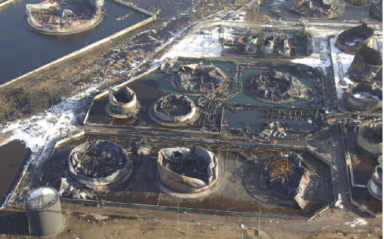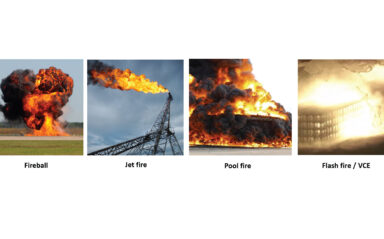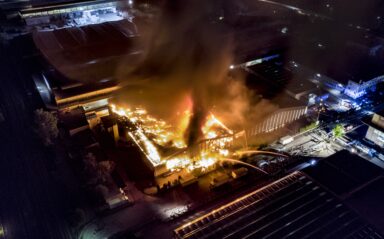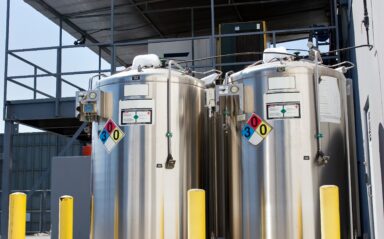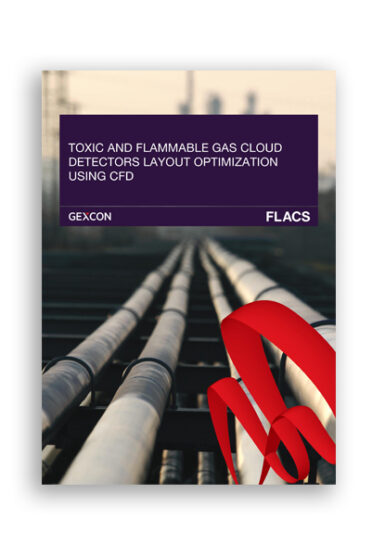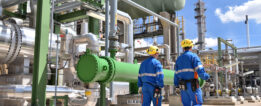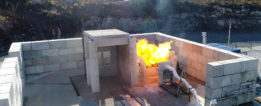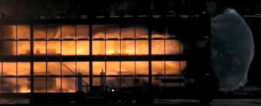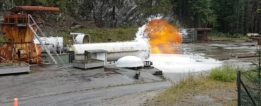Gexcon specializes in industrial explosion risk, including for the oil and gas sector. For over 40 years, we have performed dedicated experimental research in the field of explosion safety, which has led to the development of the world-leading CFD-software FLACS-CFD for explosion and dispersion modelling.
We offer highly qualified products and services in the area of offshore and onshore dispersion, explosion and explosion safety for upstream, midstream and downstream segments, which include:
- advanced engineering software for consequence and risk assessments
- incident investigations
- explosion and fire risk and safety studies
- ventilation and dispersion studies
- advanced concept & FEED phase design
- explosion and jet fire testing for mechanical equipment
- research and development
- process safety and risk management courses, including gas explosion, hazardous area classifications, and many more

